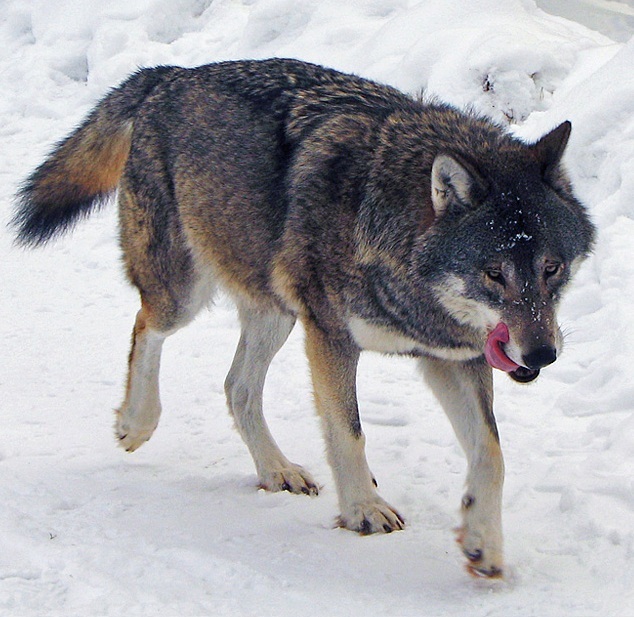I won't say that it would be boring, but dairy farming would be a lot less eventful without the pasture.
When I brought cows in yesterday morning, Laugh wasn't with the herd. So I walked back out to look for her.
I found her on the bank of the back pond, just standing there and shifting her weight the way cows do when they're in early labor.
 |
| The back pond. (This isn't Laugh, but it's the only photo I have of that pond...) |
She ambled away when I got a little closer, so I left her there to labor in peace.
When Glen asked where Laugh was after I got back to the barn, I jokingly told him she was out by the back pond planning her waterbirth.
He only half laughed.
During our first summer here, he ended up waist-deep in one of the ponds trying to prevent a bovine waterbirth. The calf's feet and nose were out and the cow was just standing in the pond like she had every intention of delivering the calf right there.
I offered to go check on Laugh an hour later, but Glen said he could do it a when he went over to the neighbor's to feed the heifers.
After he'd been gone for awhile, my phone rang.
"Was Laugh actually IN the pond when you checked on her this morning?"
"No, she was just hanging out on the east bank."
"Well, she's in the pond now! Can you open the gate to the waterway? I'm going to bring her up to the barn." (We're using our grassed waterway as a calving pen for the summer.)
Not more than a couple minutes passed before my phone rang again.
"You're not going to believe this…" Glen started.
He said that when he got up to the pond to chase Laugh out, her calf was standing right next to her, up to its ears in the water. From a distance he hadn't been able to see the calf at all because its black head was camouflaged by Laugh's shadow.
He grabbed onto the calf and pulled it out of the water. Since he didn't dare leave it on the bank, he carried it all the way back to where he had parked the truck.
At least the calf was dry by the time they got home.
We're not sure if Laugh delivered the calf in the water or if it rolled down the bank and ended up in the pond. Hardly enough time had passed for the calf to be delivered, get up by itself and walk into the pond. (Enough time had passed, though, for a leech to find its umbilical cord. Eew.)
Regardless of how it happened, we're just glad the calf is alive. We named her Lilypad. Her sire is one of Glen's favorite bulls, so he said he would have been more than a little upset if things hadn't turned out okay.
Hopefully, the rest of the summer's deliveries are a little less remarkable.








